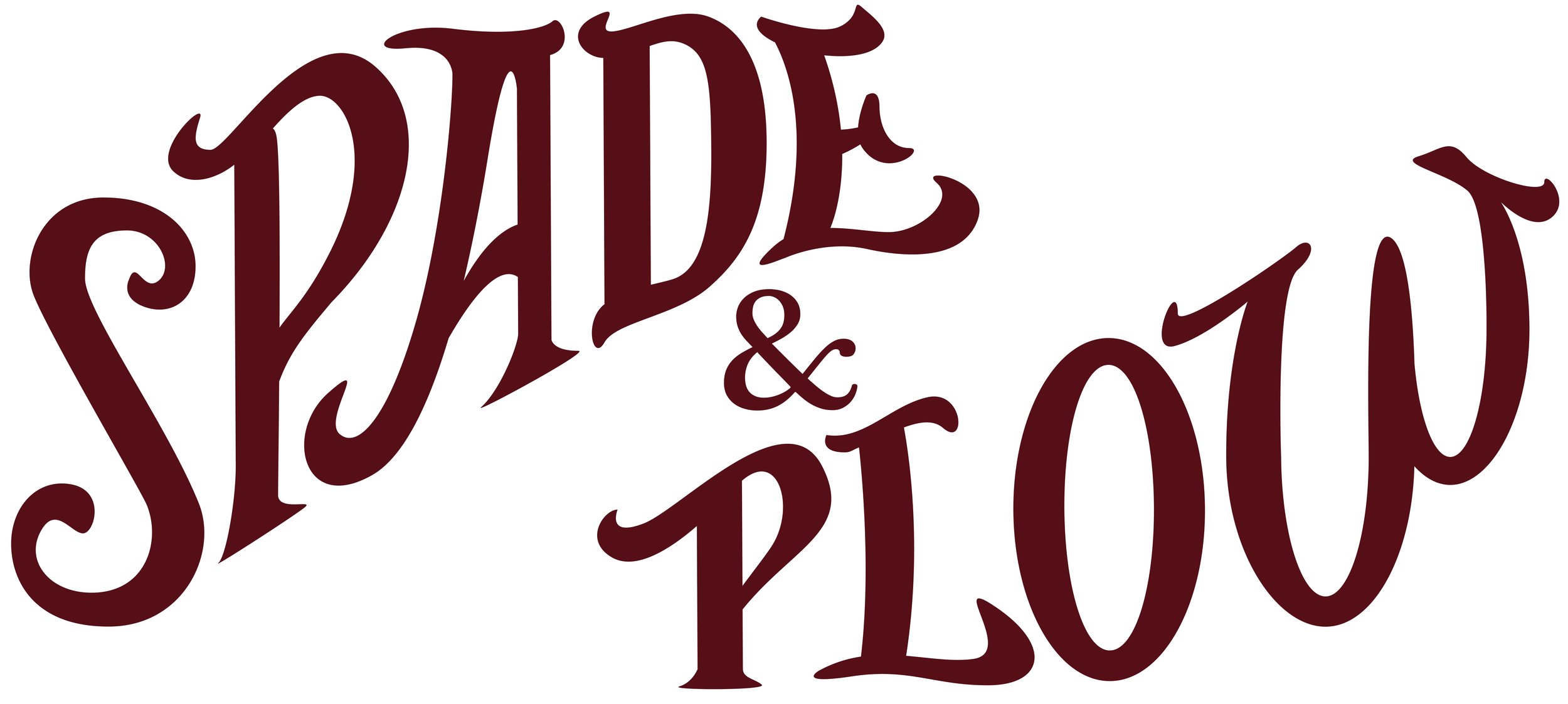Purple Daikon Radish
I still remember the first time I ever cut into a purple daikon radish. Its beautiful bi-colored pattern stopped me in my tracks. Then, cut after cut, each slice after the next was so uniquely mesmerizing.
Cooking is such an artistic experience, especially when you have the time to appreciate the quality and beauty of each ingredient. Here at the farm, we are thrilled this beautiful root vegetable thrives for our customers to enjoy.
The purple daikon radish is native to Asia where daikons have been cultivated for thousands of years. It can be enjoyed both raw and cooked, and is an excellent source of nutritional value. Packed with vitamin C, B6, folate, and minerals such as potassium, calcium, magnesium, and iodine, the purple daikon is a trooper for helping you fight off colds and the flu this season!
Purple daikon radishes are extremely versatile. Slightly milder than a typical daikon, but still with a spicy kick they can be sliced into a salad, chopped and roasted in the oven, or added to soups or stews! Our favorite purple daikon recipe that we’re sharing this week is purple daikon chips! A healthy low-carb option for your snacking regimen, these chips will surely please your palate!
Purple Daikon Chips
- Wash and thinly slice 2-3 purple daikon radishes (a mandolin works best for this part)
you’ll want to cut your radishes really thin, almost see through, to get the right texture and consistency
- coat your slices with 3 teaspoons of olive oil, and add salt and pepper to taste
- lay the slices down evenly spaced on a cookie sheet lined with parchment paper or aluminum foil
- then bake at 375 degrees for 7-10 minutes on each side until they reach a nice crisp and golden brown color.
Cooking times vary depending on how thin your radish slices are so watch them carefully!
** STORAGE TIP: To store this beautiful root vegetable, we recommend rinsing them, then placing them in a plastic bag or container with a paper towel in the fridge.





